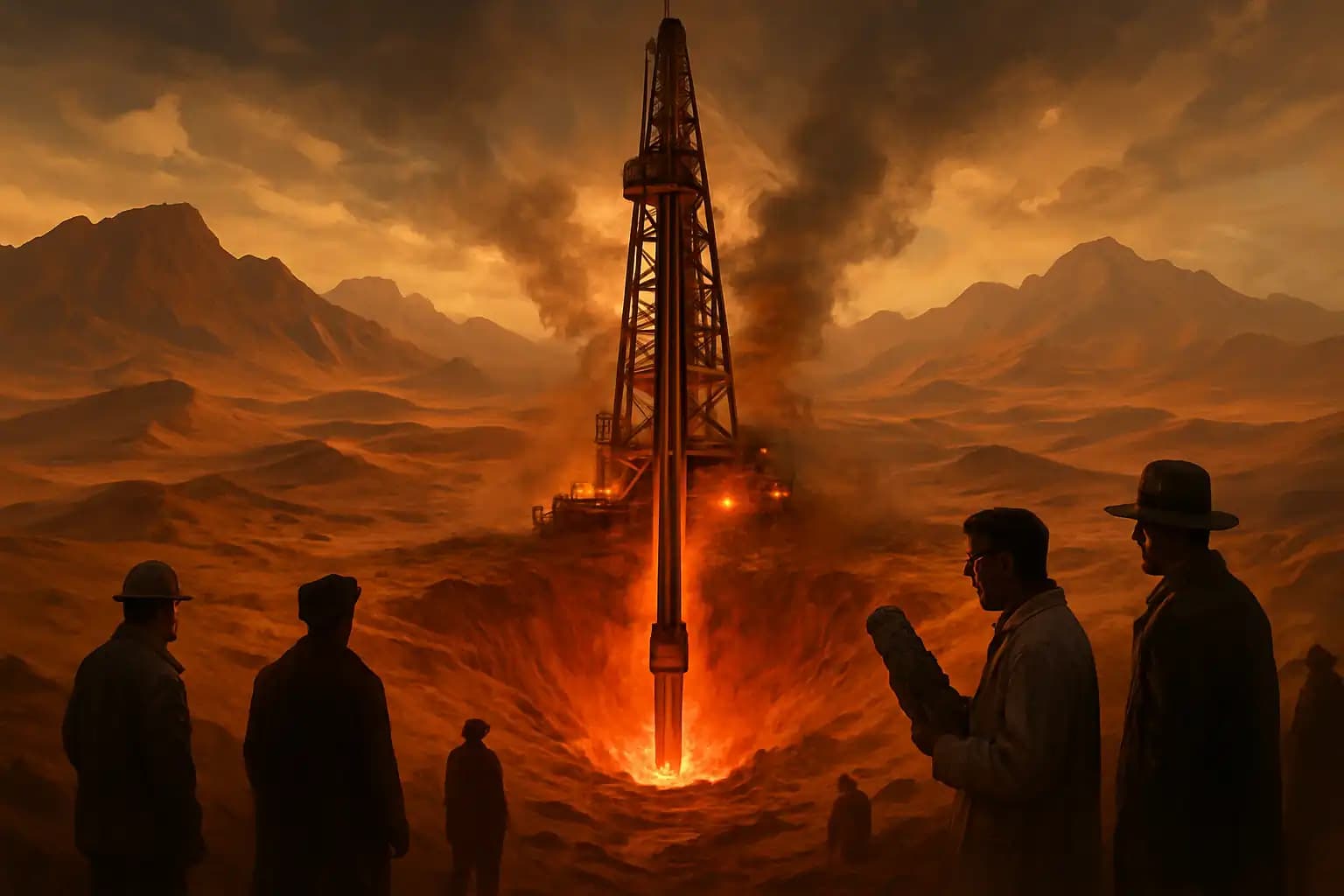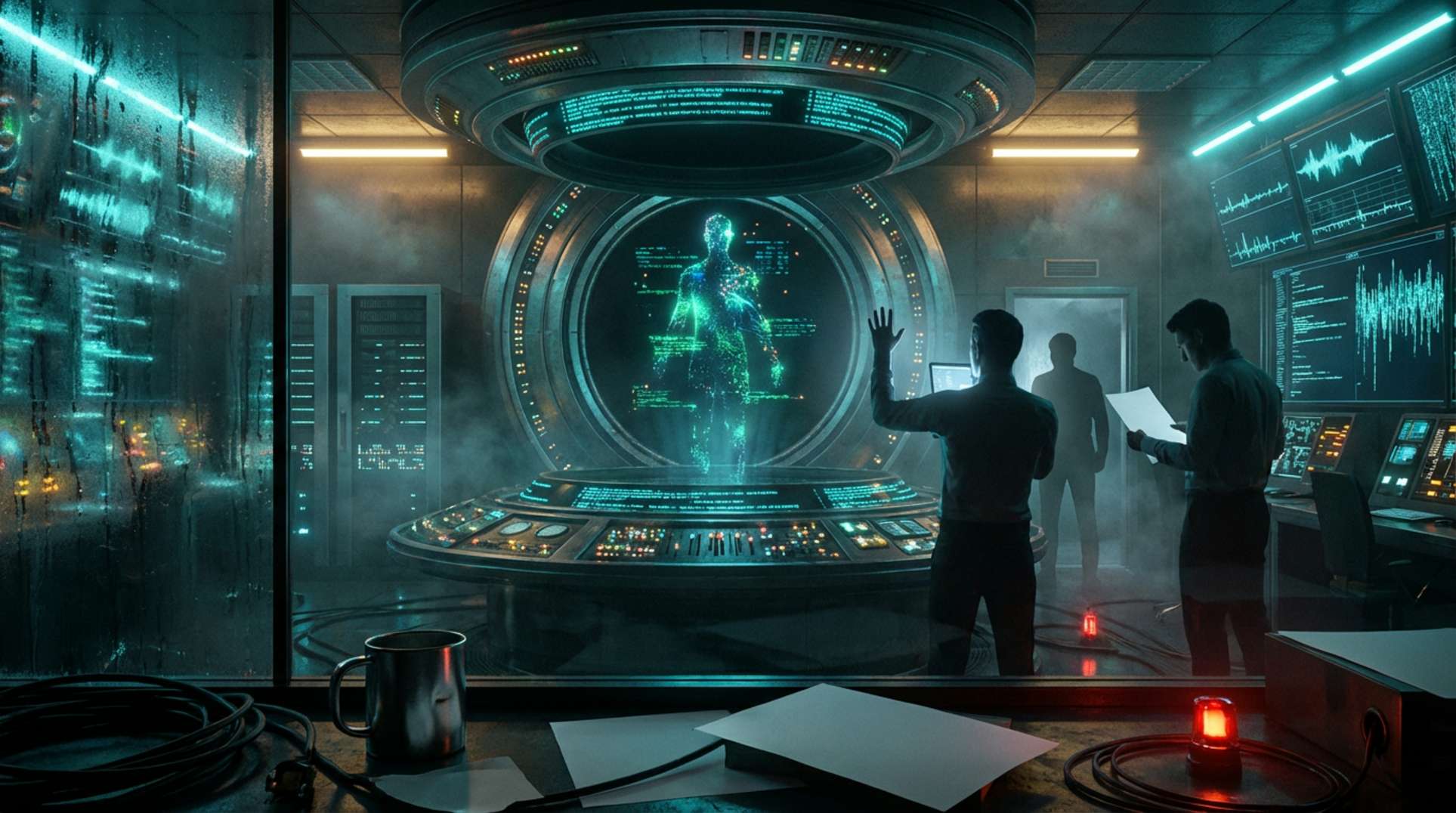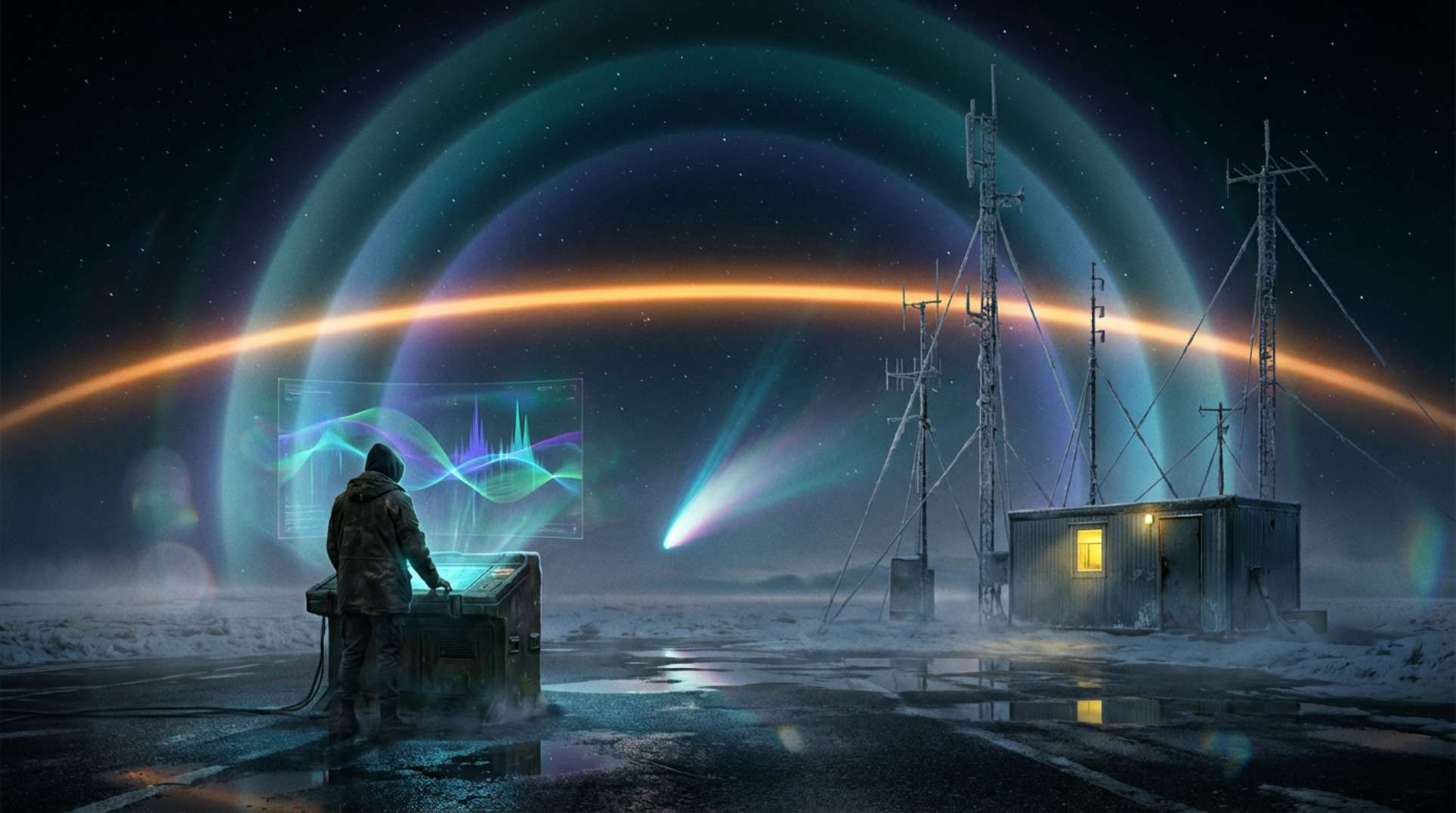The planet’s crust conceals more than caverns and molten rock; it holds ancient secrets, millions of years old, that beckon for exploration. Enter China, whose latest engineering marvel — a borehole plunging over 10,000 meters into the Taklimakan Desert — grabs the attention of both geologists and global strategists (Xinhua report). But why is Beijing deploying its top tools and minds to pierce the planet’s skin? The reasons are complex, spanning energy strategy, doomsday insurance, and — if you adjust your tinfoil hat just right — touch on ancient human legends about the earth’s hidden depths.
This is no simple feat: while the Russian Kola Superdeep Borehole sits as the deepest human-made hole at 12,262 meters, China’s ambitions — as detailed by TIME Magazine and New Scientist — reach even further.
The Science and Strategy Behind China’s Megaborehole
Superdeep drilling in the Tarim Basin unlocks layers of untapped oil and natural gas, while also seeking geological enlightenment. Each new kilometer reveals samples from the age of dinosaurs — potentially yielding clues about ancient life or mass extinction events. With the world’s volatile energy markets and rumors of resource wars, this project serves as a strategic move — akin to the hidden ambitions and discoveries discussed in this exploration of mysterious Antarctic structures or the scramble for megaflood evidence from prehistoric America. China believes control over subterranean resources may define future events above ground.
This initiative also represents a grand science experiment. Similar to the Soviet engineers of the Kola project, Chinese scientists aim to clarify seismic hazards threatening the expanding cities of Xinjiang and beyond — a safeguard against catastrophe in a seismically active region. Do not dismiss this effort as unnecessary; understanding seismic activities trumps the alternative of repeating history’s devastating surprises, as detailed in this deep-dig at the Giza pyramids.
Engineering Marvels and the Limits of Human Technology
The technical challenges border on science fiction. Temperatures exceed 200°C, drill bits crumble like toothpicks, and the risk of equipment fusing into the crust is significant (referring to the hard-learned lessons from the Russian Kola project). Despite this, China’s operation, reported by New Scientist, already stands as one of the wonders of modern engineering.
Those imposing depths evoke ancient fears: are we awakening something best left buried? This query resonates not only in mythologies but also in serious investigations about underworld cities and the origins of the enigmatic “giants,” explored in this report on hidden human history. Gazing into the abyss tests our courage and curiosity, and for some, embodies humanity’s ultimate overreach.
Global Implications: Resources, Seismic Data, and Doomsday Scenarios
This borehole transcends mere oil exploration; it serves as a laboratory for global science, potentially paving the way for disaster prevention. Major governments monitor developments for insights into earthquake prediction, disaster management, and even carbon capture storage capabilities. In a world anxious about existential threats, China’s endeavors are practical and ambitious — more proactive than the reactive, whistleblower-driven warnings emerging in cases like the tragic fate of OpenAI insiders. Drilling deep into the crust could provide data essential for avoiding unexpected resets discussed in cycle catastrophe analyses and helping to reshape our entire approach to geoengineering.
Conversely, some ponder what should remain undisturbed: ancient microbes, pockets of hazardous gas, or even, as some theories suggest, the “forbidden” realms of the underworld. While most scientists maintain a more pragmatic view, the risks involved — such as sudden seismic shifts — cannot be completely overlooked.
Pushing Deeper: What We Learn by Drilling the Unknown
From a skeptical perspective, the pursuit to drill deeper is more than a PR maneuver for China; it embodies a quest for knowledge, akin to the early warnings and predictions made famous by visionaries of the past. The true revelations may concern Earth’s raw physical history—uncovering climate changes, ancient ecosystems, or new physics waiting to be discovered. In an age captivated by Mars exploration, these terrestrial endeavors remind us of our limited understanding of our own planet.
If humanity is to outsmart disasters, manage resources responsibly, or simply unravel the enigmas below, it will be through initiatives like China’s superdeep borehole. The next chapter in Earth’s story—whether triumphant or cautionary—could emerge not from the stars, but from a narrative written in rock, dust, and the unknown depths explored. For more on how these seismic endeavors influence our civilization’s trajectory, stay tuned to the discoveries at the ever-curious Unexplained.co.





